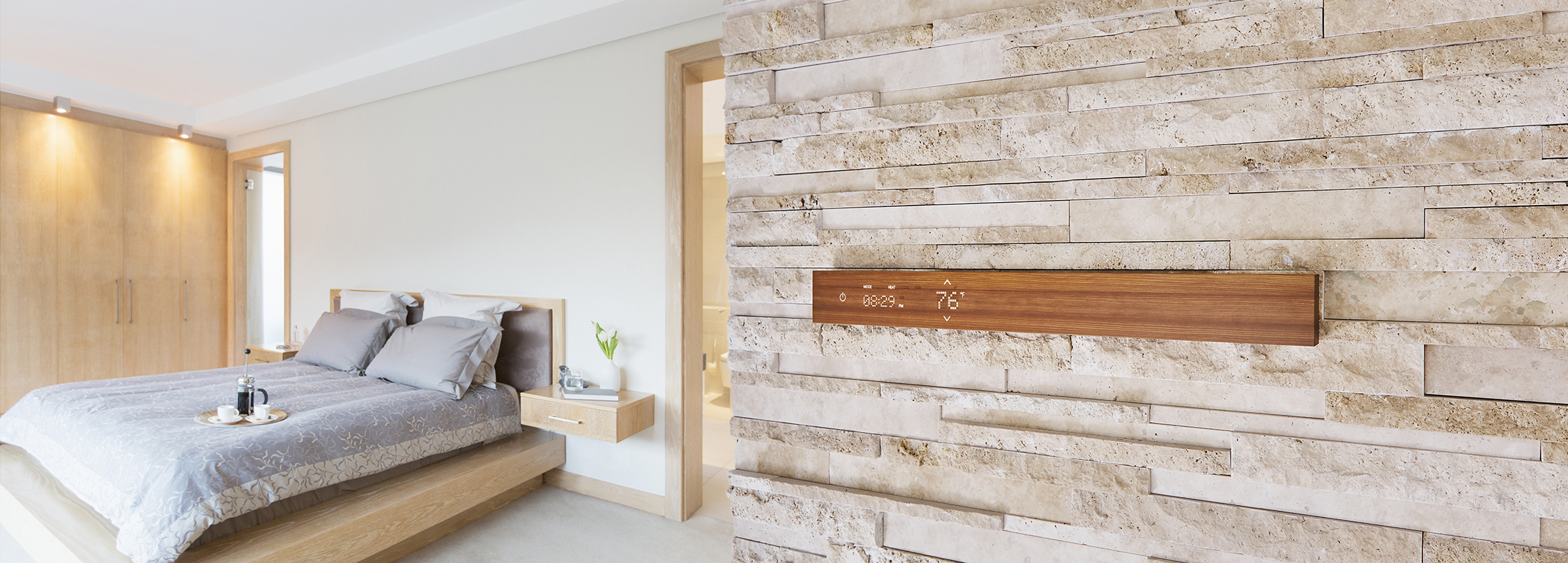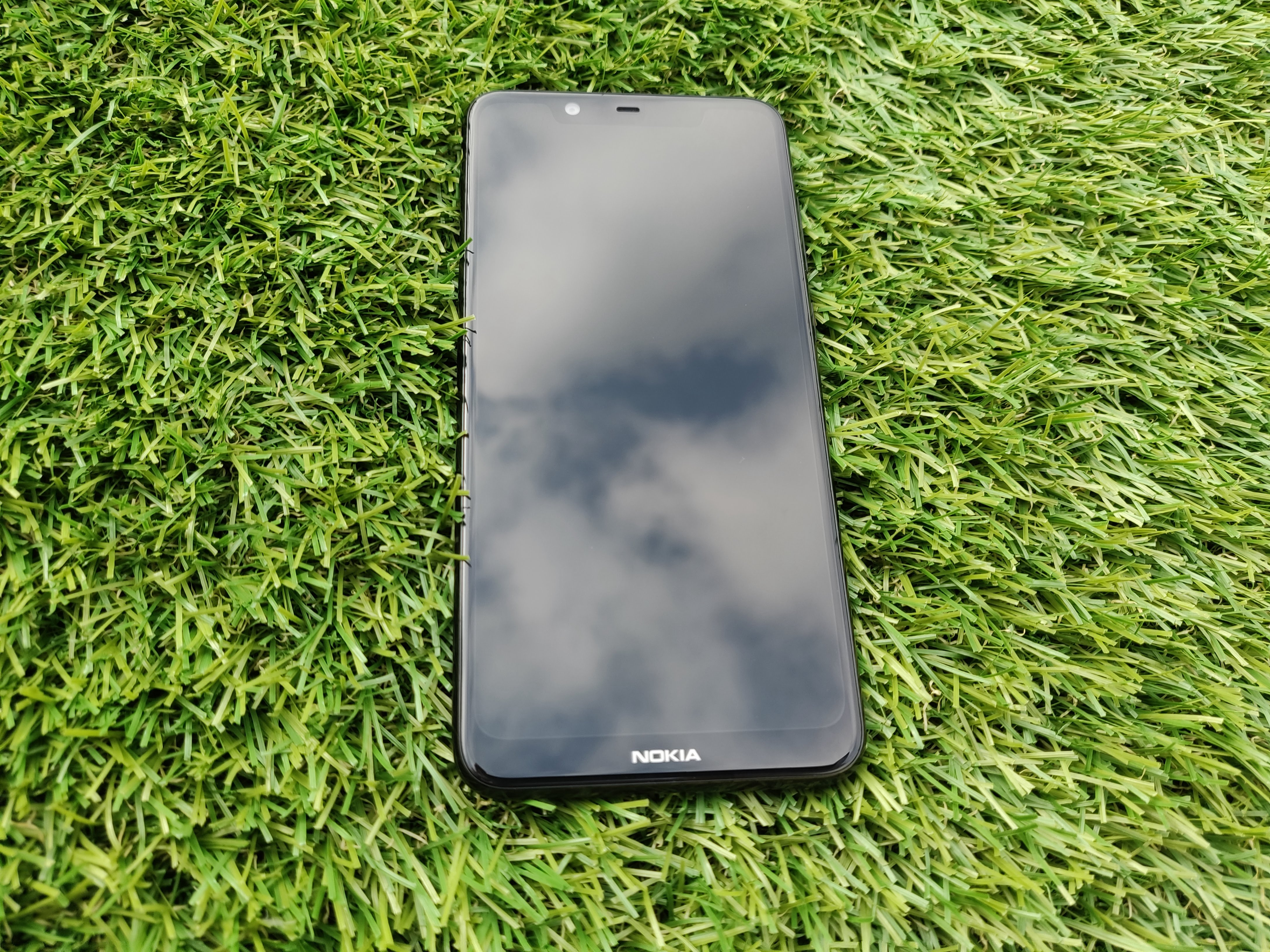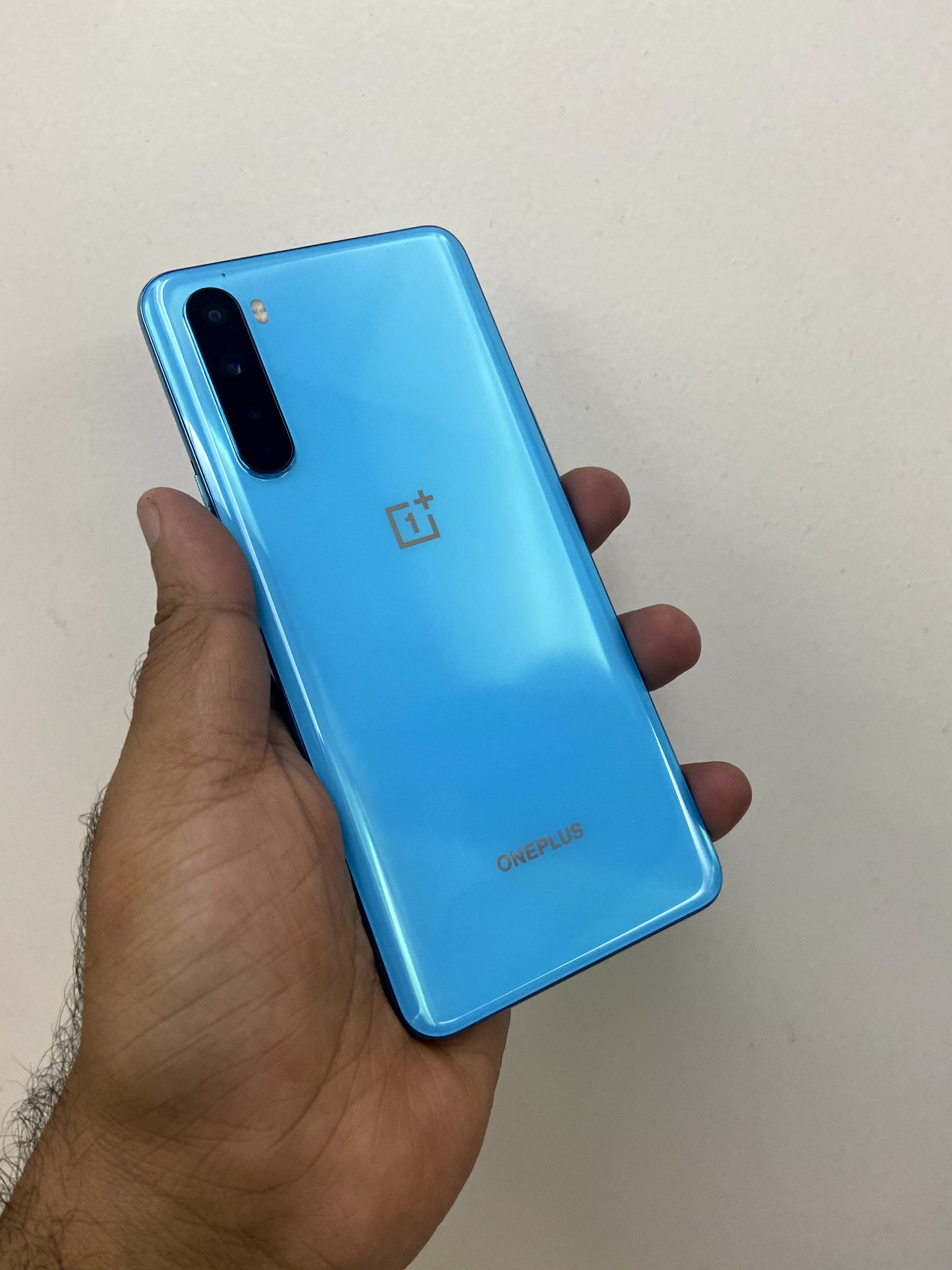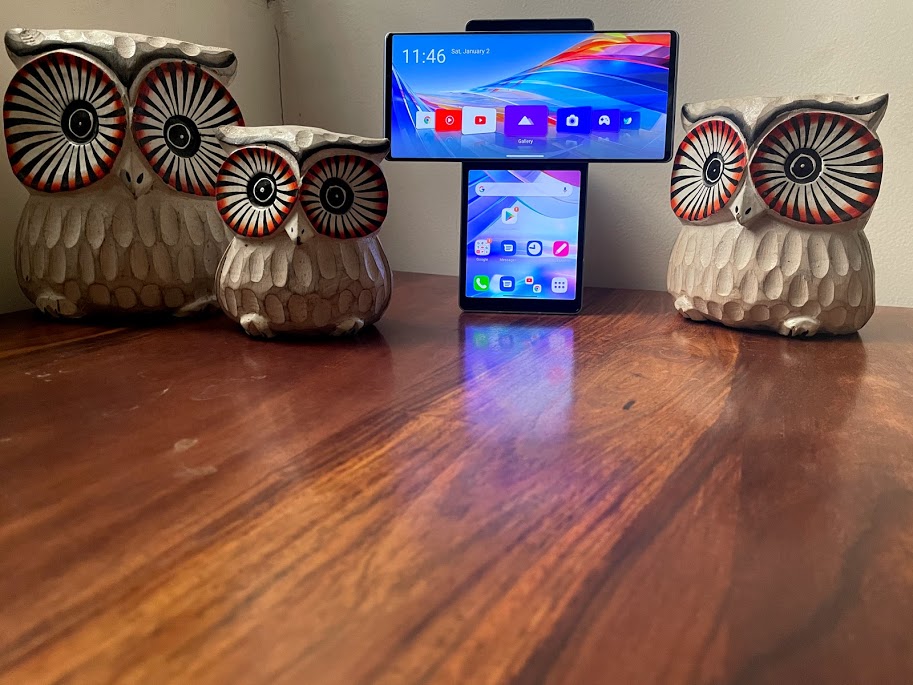This article is based on an interaction that I had with the team at mui lab, an exciting Japanese startup that works on the smart home, and that won the CES 2019 Innovation Award at the Consumer Electronics Show (CES), organized by the Consumer Technology Association (CTA).
Smartphones have changed the way we live, interact, work, eat, shop, travel. It has made us more connected than ever before, and brought generations together. However, increasingly smartphones demand our attention 24/7, and we often end up working around the clock. At the modern workplace, professionals are on the run to accomplish more, and yet suffer from scattered demands on their attention.
Smartphones and smartphone apps are increasingly becoming addictive, and our ability to resist them is not yet strong. Some recent surveys at CMR have pointed that Indian consumers feel lost and confused when they are without their smartphone. Our digital lives have made us more distracted, distant and drained, than ever before. It is no wonder that Digital Wellbeing is a theme promoted increasingly by smartphone majors.
A few years ago, Kyoto-based, mui Lab co-founder Kaz Oki noticed how this is seriously affecting the quality of his andothers’ family lives. He decided to develop a device that can help create a smart and connected, yet peaceful living environment that is free of digital distractions. Mui (無為, Japanese for “silent”) is that device.
mui is an aesthetically-pleasing wooden internet-of things (IoT) device connected to a cloud service. mui is a “calm” device built on “calm design” principles.
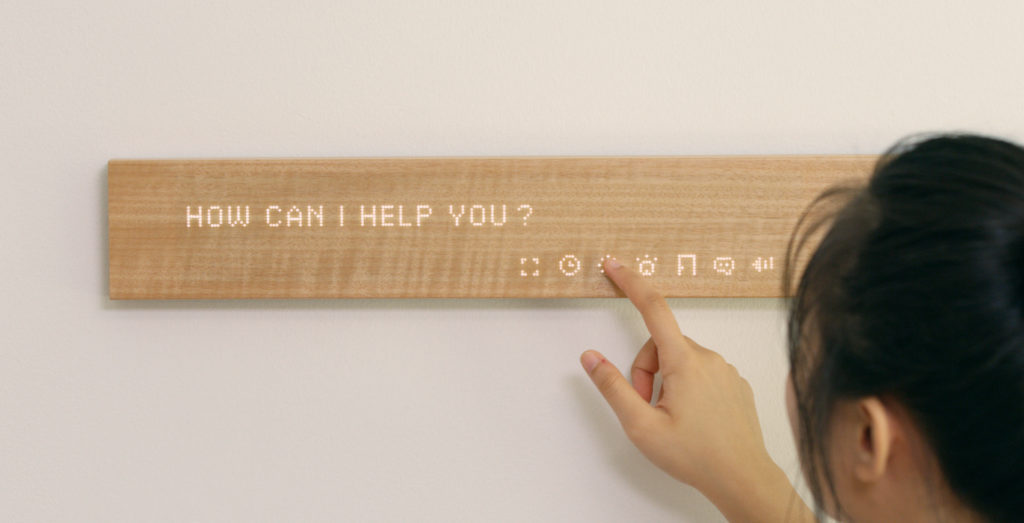
The mui product philosophy centers around the belief that humans should not have to alter their natural human behaviors in order to use technology. For example, smartphones make us hunch over them and swipe and tap the screens. These devices/screens can feel cold and impersonal, as well. To overcome this challenge, mui uses wood as an interactive IoT panel to make it feel more natural and warm. The beautiful look of the sanded sycamore, cherry, maple or ash grains blends in with the room’s décor and furniture.
Also, one only need to touch mui‘s surface to activate and control the device. Most importantly, mui does not constantly demand consumer attention and allows one to only receive information that one desires when they need it. mui is currently most focused on the U.S. market.
It is the first in a series of products that mui lab plans to develop, using theor patented interactive digital display technology. Over the long-term, mui is hopeful of working with potential partners to stretch and maximize the use cases beyond the smart home, and develop, for example, into the car via smart wood consoles.


